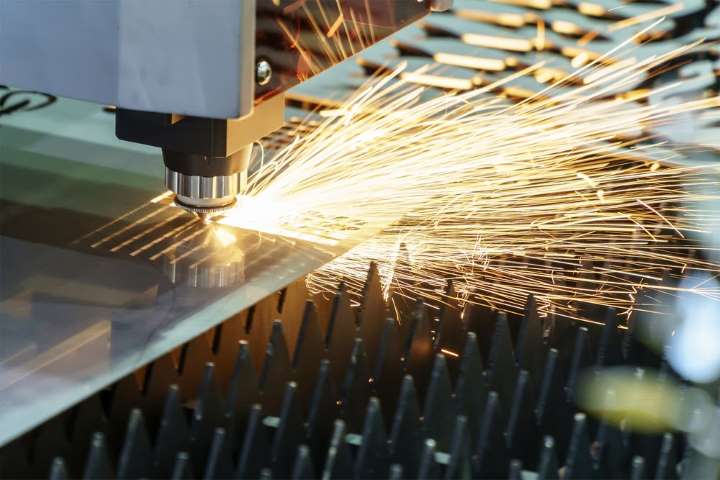Technological advances have revolutionized speed and affordability to make on-demand manufacturing accessible for businesses of all sizes. Companies can create, test, and produce new products with significantly less risk by taking advantage of these processes.
So when should you choose additive manufacturing vs. subtractive manufacturing?
The primary difference between additive and subtractive involves how you create parts from raw materials. Additive manufacturing processes work by adding layers to create the finished product. If you’ve ever used a 3D printer, you’ve seen additive manufacturing in action.
With the subtractive manufacturing processes, you get the final product by using a cutting tool that removes material. You can think of this as a sculpture, where the artist breaks away pieces of stone to reveal the finished piece.
Determining the best manufacturing methods for your business requires some careful thinking. It may depend on the size of your production run, where you’re at in the product development stage, and your timetable for completion. It may also depend on your budget during the early stages.
Both of these methods are instrumental in the prototyping phase of development. But before you decide which strategy is right for your product line, you’ll need to understand the advantages and disadvantages of each process.
Additive Manufacturing vs. Subtractive Manufacturing - Learn About the Differences
Additive processes can include 3D printing, layered manufacturing, or direct digital manufacturing. The printing machine deposits material based on a CAD model programmed into the software layer by layer until the product is complete. This application is often used for small, intricate designs.
While some subtractive manufacturing may use manual labor, it’s most often applied at scale with controlled machining. The equipment is guided by Computer Numerical Control (CNC). Like Additive Manufacturing, CNC Machining requires a digital model. This approach is most often used for larger products where quality and speed are crucial.
Still Contemplating Additive vs. Subtractive Manufacturing?
Find out how next-gen CAM workflows boost manufacturing productivity and reduce CAM programming costs.
Get the eBookHere are the key takeaways to consider:
- Doesn’t require oversight or extensive employee training
- Intricate shapes or hollow objects are easy to create
- More cost-effective
- Less wasted material
- Surface finishes will require an extra step in post-production
- Better suited for smaller products, especially plastics parts
- Finished products have a less reliable quality
- Often slower production, especially with larger products
- Requires a trained operator to control the machinery and oversee production
- Can easily create a variety of finishes
- Suited for creating large objects, especially from metal
- Faster production
- Finish products more reliably
- More wasted materials
- Generally more expensive than additive processes
- It’s more difficult to mill intricate shapes and undercuts
Beyond Additive Manufacturing vs. Subtractive Manufacturing - Take the Hybrid Manufacturing Approach

Companies wanting to enjoy the benefits of both approaches can use the hybrid model. In fact, hybrid manufacturing is expected to see long-term growth of 14.7% by 2027.
The hybrid manufacturing approach involves using additive and subtractive processes in sequence or switching between methods throughout the process.
This is possible thanks to Computer-Aided Manufacturing (CAM) software that automates the manufacturing process for increased efficiency and accuracy.
With CAM software, you can mill an object using CNC machining, add intricate details using a 3D printer, and finally mill the product to a finished state. Alternatively, you can 3D print an object in a near-complete state and use CNC milling for a finished part.
Hybrid systems are commonly used to create metal products. The systems use a milling machine that is equipped with a directed energy deposition head for adding material. This method reduces the risk of damaging fragile products because it never has to leave the build area.
Hybrid systems are also perfect for repairing broken products. You can simply add additional material in layers and finish it with the milling tools.
Additive Manufacturing vs. Subtractive Manufacturing - Jumpstart Production
No matter what approach you choose, it’s crucial to fully realize your idea before you invest in manufacturing.
At Spatial, our 3D Modeling Software Development Kits can accelerate your production process and boost your time-to-revenue so you can budget for success. Our superior pre-processing CAD data and software can help you create precise digital models so you can test and refine your product until it’s ready for the prototyping stage.
Partner with us today and transform your ideas into shelf-ready solutions.

